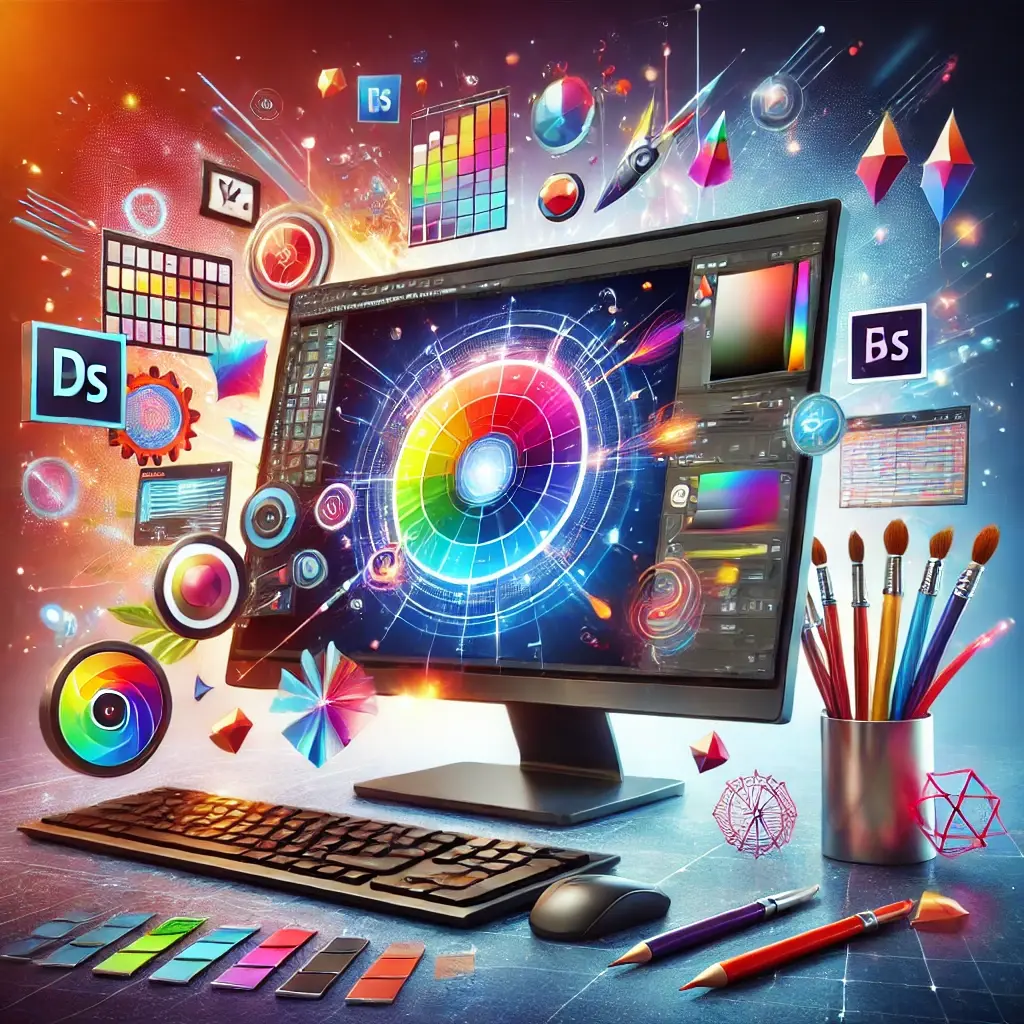
Table of contents [Show]
- a) Justify the statement "One picture is worth many kilobytes of data".
- b) Define Pixel and Resolution in context of computer graphics.
- c) Define graphics file. Write two Raster file formats.
- d) Write about Vector Graphics with its related file formats.
- e) Differences Between Raster Graphics and Vector Graphics
a) Justify the statement "One picture is worth many kilobytes of data".
The statement "One picture is worth many kilobytes of data" suggests that a single image can convey information and emotions more effectively and succinctly than a large amount of text. This is rooted in the idea that visuals can quickly communicate complex ideas, feelings, and contexts that may require extensive explanation in written form. An image can evoke immediate responses, serve as a universal language, and help in memory retention more than words alone, making it a potent tool for communication.
b) Define Pixel and Resolution in context of computer graphics.
-
- Pixel: A pixel is the smallest unit of a digital image, representing a single point of color. When many pixels are combined, they form a complete picture.
- Resolution: Resolution refers to the amount of detail in an image, measured by the number of pixels in width and height (e.g., 1920x1080). Higher resolution means more pixels and clearer images.
c) Define graphics file. Write two Raster file formats.
A graphics file is a digital file that contains graphical information, allowing it to be displayed on a computer or other devices. These files can be in various formats, each with its own characteristics and uses.
Two Raster File Formats:
- JPEG (Joint Photographic Experts Group): Commonly used for photographs and images with gradients. It uses lossy compression to reduce file size.
- PNG (Portable Network Graphics): Supports transparency and uses lossless compression, making it suitable for images that require clear edges and details.
Vector Graphics: Vector graphics are images created using mathematical equations to define paths, points, and shapes. They can be scaled to any size without losing quality, making them ideal for logos, illustrations, and designs.
Related File Formats:
- SVG (Scalable Vector Graphics): An XML-based format for vector graphics that can be scaled without loss of quality and supports interactivity and animation.
- EPS (Encapsulated PostScript): A versatile vector format used in graphic design and printing that can include both vector and raster elements.
e) Differences Between Raster Graphics and Vector Graphics
| Raster Graphics | Vector Graphics |
|---|---|
| Made of pixels | Made of paths defined by mathematical equations |
| Cannot be scaled without losing quality | Can be scaled infinitely without loss of quality |
| Generally larger, especially for high resolutions | Typically smaller since they store mathematical data |
| Photographs and detailed images | Logos, illustrations, and designs requiring clear edges |
| Editing can affect quality due to pixelation | Easy to edit and manipulate without quality loss |

Leave a comment
Your email address will not be published. Required fields are marked *